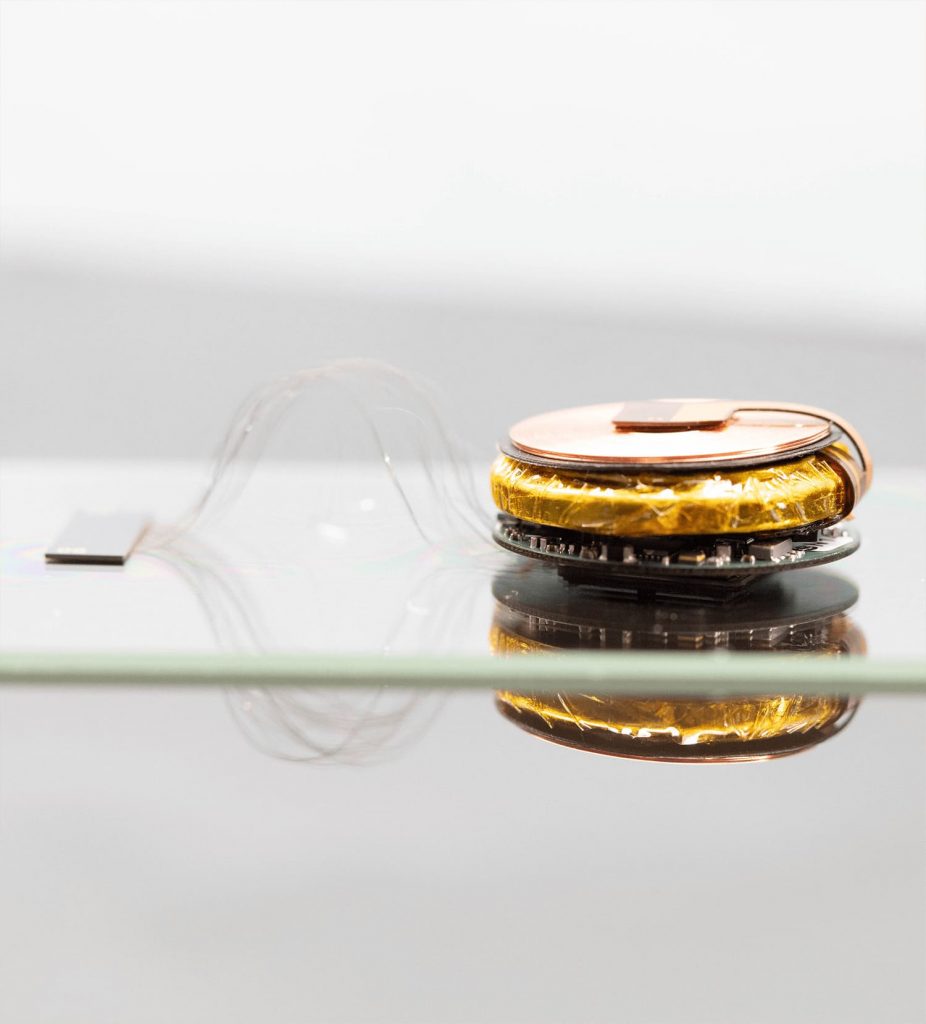The Reuters news agency, citing Neuralink employees who wished to remain anonymous,
Although the waiver is confidential and the documentwas not published in the public domain, journalists, citing Neuralink employees, tell what claims the American regulator makes to the new generation of brain implants and the work of Musk's company.
What does Neuralink offer?
Neuralink was founded by Elon Musk with a groupengineers and neuroscientists in 2016. The main goal of the company is the creation of a biocompatible implantable neurochip - a wireless "brain-computer interface".
In the short term it can beuse to restore the ability to walk paralyzed, sight - blind and treat diseases of the central nervous system. In the future, according to the developers, the technology will expand human capabilities and allow the creation of cyborgs in accordance with the ideas of transhumanism.
During the presentation in 2019, Neuralinkrevealed some features of the technology. Flexible micron-sized threads (several times thinner than a hair) are embedded in the motor areas of the brain. Each thread contains many electrodes and connects them to an implant called "Link". The device constantly reads information from the brain and transmits it to the computer.
 Chip structure. Image: Neuralink
Chip structure. Image: Neuralink
There are currently variousbrain-computer interfaces, some of which are approved by regulatory authorities for the treatment of Parkinson's disease, the interruption of epileptic seizures, or are undergoing clinical trials for the treatment of other diseases. Such systems use a small number of electrodes that affect large areas of the brain.
The key difference between Neuralink devices and suchsystems, according to company representatives, in a large number of electrodes (the company reports the creation of a device with 1024 of the thinnest electrodes) and point impact necessary for the exchange of information between the brain and the computer. As a demonstration of the technology's capabilities, for example, in 2021, Neuralink showed implanted monkeys playing "ping-pong" on a computer with the power of their minds.


Appearance of the chip. Images: Neuralink
In addition, according to company representatives,an additional advantage is a robot that performs transplant operations. Neuralink says it makes very thin incisions and avoids blood vessels, greatly reducing the risk of complications during the implantation process.
What is the essence of the claims?
The decision of the agency to refuse to conducthuman trials is a confidential document, so its details are not publicly disclosed or commented on by the FDA. The reasons for the refusal are known only from the words of Neuralink employees interviewed by Reuters; at the time of publication of the material, company officials did not comment on the report of journalists.
Last year, the F.D.A.voiced dozens of problems that relate to the safety of using the device. In particular, the regulator draws attention to the fact that the neuroimplant uses a lithium battery, which is charged remotely and can pose a danger to people.
In the conducted tests on animals, Neuralink did notevaluated the probability of battery failure and the consequences of such a scenario for a person. Experts fear that if any component of a device connected to a battery fails, the current could potentially damage brain tissue.
Another concern relates to the possibility thattiny electrodes or detached patches can migrate to other areas of the brain. Migrating wires can cause inflammation, impair function in critical areas of the brain, and rupture blood vessels. Prior to human experimentation, the company needs to demonstrate that such a scenario is not possible, or show that detachment of the electrodes will not harm the brain or can be prevented.
In general, most of the questions thatseems to draw the attention of the FDA relate to situations with abnormal operation of the device. In existing tests, Neuralink seems to have proven that it can be useful when the device works properly, but the issues of potential bugs and device failure have not been resolved. In addition, it is still unclear whether it will be possible, if necessary, to remove the implant without harm to the patient.
What's next?
Neuralink and Elon Musk constantlyannounce the imminent launch of human trials: they were originally supposed to begin in 2020. In public statements, company representatives talk about close work with the FDA, readiness to take into account and quickly correct all comments.
In November 2022, Elon Musk announced that the implantNeuralink is completely safe and ready to be implanted in his own children. At the same time, he expected to begin clinical trials in humans "in about six months." This is not the first such statement, different terms are called and are shifted all the time, in fact, from the moment the company was founded.
Neuralink experts and representatives interviewedjournalists doubt the feasibility of this forecast. They say that most of the problems identified by the FDA are still unresolved. Employees also note that the company is using a strategy uncharacteristic of medical startups: management constantly sets short deadlines, and regulators are perceived as an obstacle to progress.
Most companies operating in the areaneuroimplants have spent years and even decades from prototype development to first human testing, experts say. While new technologies have the potential to bring great benefits to humans, the implantation of foreign bodies in the brain can be very dangerous. Not surprisingly, regulators want to make sure companies understand, adequately assess and manage risk.
Read more:
Named a vitamin that protects the brain from dementia
See how the Earth has changed over 100 million years on the most detailed map
It turned out which men are the most fertile: their sperm is 50% better than the rest